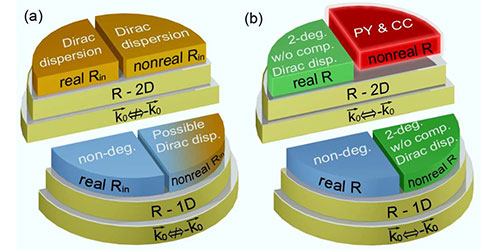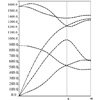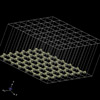THEORETICAL INVESTIGATIONS IN SOLID STATE PHYSICS
First principle investigations in two-dimensional materials:
Using density functional theory formalism we study various properties of 2D materials (electronic structure, phonons, superconductivity and electron-phonon interaction, optical properties, transport...) but as well we predict new materials using in-house developed code.
We use Quantum Espresso code, SIESTA, BigDFT, Abinit, DFTB and many more codes available under GLP licence.
Also our group has recognized potential for application of GPU technology in solid state physics and recently established the GPU subgroup for simulations in solid state physics.
We devoted attention to study of superconductivity in low dimensional materials and possiblity of enhancement of electron-phonon interaction.

Unit cell of pristine graphene (black) and H-site doped graphene (red); (b) corresponding BZ.- Pešić, J., Damljanović, V., Gajić, R., Hingerl, K., Belić, M., EPL, 112 (6), art. no. 67006, (2015)

ELF (electron localization function) for graphene monolayer with Li adatoms under strain, inorder to enhance electron-phonon coupling Pešić J. , Gajić R., Hingerl K. and Belić M. EPL 108 67005 (2014)
Symmetry-based prediction of electronic dispersions in two-dimensional materials:
Analytical methods (Subproject “Symmetry-based prediction of electronic dispersions in two-dimensional materials.”): We use space group representations theory to calculate certain quantities of 2D materials and to predict new materials with interesting physical properties. For example, we have shown that the appearance of Dirac cones in the band structure of 2D materials originate from their belonging to certain symmetry groups. In a similar way we have found a new type of dispersion that supports zero effective mass and is caused by symmetry. Our work should help researchers to find new 2D materials, first by numerical simulations and maybe later even by synthesis in the lab.

Full classification of non-accidental linearly dispersive electronic bands in non-magnetic 2D materials based on symmetry conditions- Damljanovic, Gajic, Popov, https://arxiv.org/abs/1610.09804






